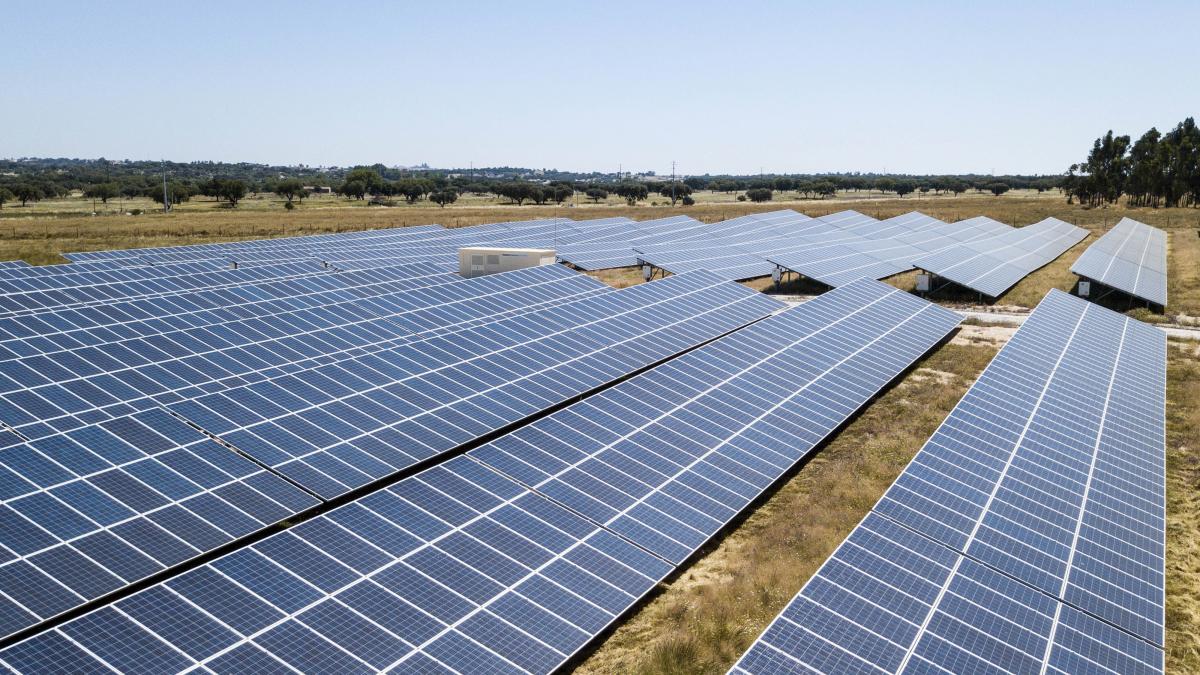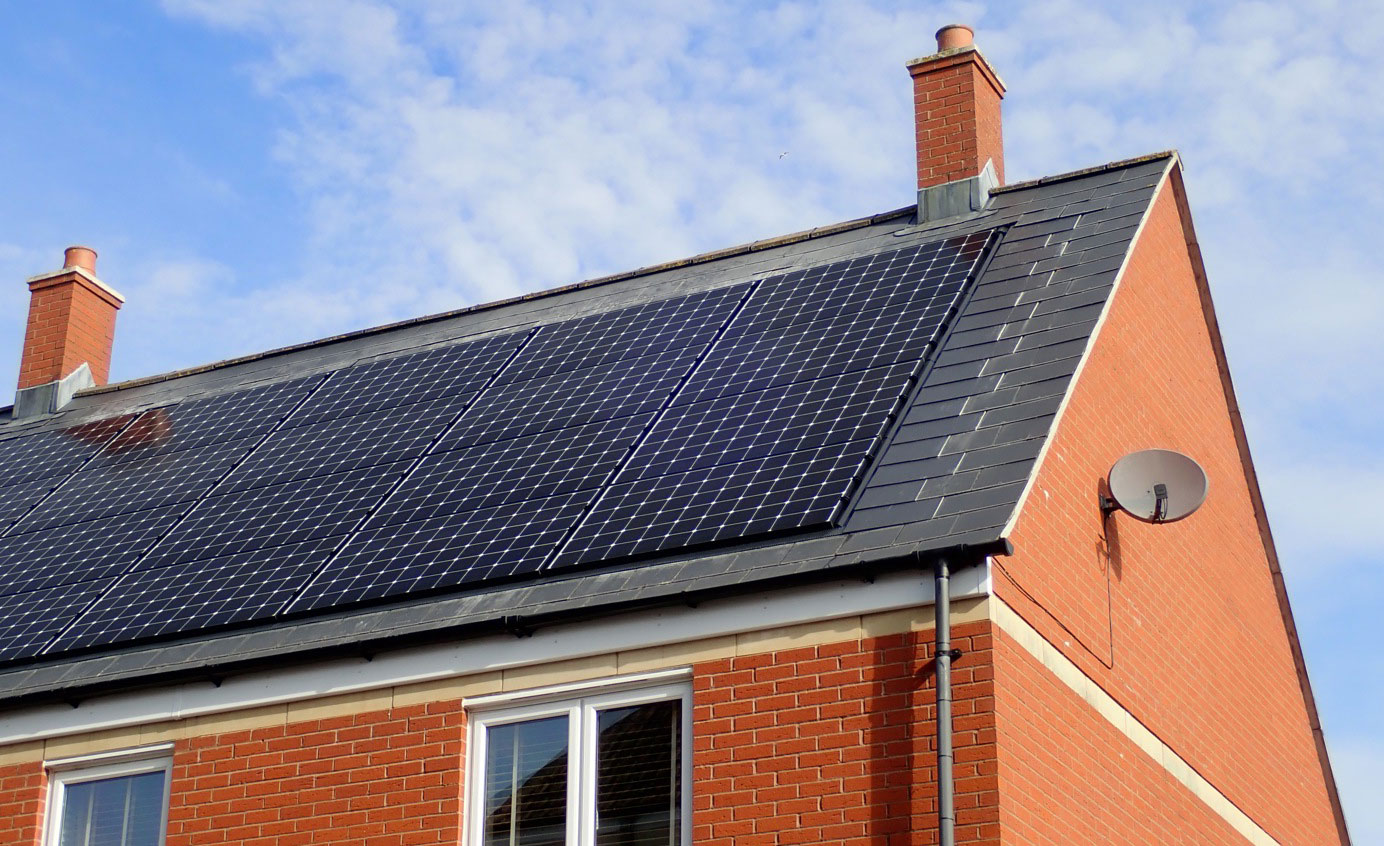What is Solar Energy
What is Solar Energy (Sonnenenergie)?
Over the past few years solar panels and solar energy have become a very popular trend around the world due to it being “green” and environmental friendly. But what exactly is solar energy? Solar energy is the radiating heat and photons (light or radiation) from the sun that is captured using the wide array of technology available today. But, how does it work? Every second the sun is shining, the light and heat that it provides is either scattered, absorbed, reflected, or transmitted. As we all know the environment absorbs a large amount of sunlight in order to help vegetation grow and reproduce. But, did you know that approximately 35% of sunlight is reflected right back into space?! Or what about the ultraviolet (UV) light, everyone talks about? UV light is part of the energy spectrum that is harmful to humans; however most of this light is blocked by the atmosphere.
Turning the Sun’s Energy into Electricity
The way we use different materials to essentially capture the sun’s energy is very important. There are two categories of solar technology, passive solar and active solar. Active solar techniques create electricity by capturing the sun’s energy and forming solar thermal and photovoltaic (PV) cells also know as solar panels. Passive solar techniques require designing and strategically placing a building according to the sun and using materials that will be favorable to capturing light and circulating the air naturally.
Solar Thermal – Photovoltaic cells and Solar cells
Note: Solar thermal is the type of energy that we use to heat our water (in homes) or to heat oil that powers large solar power towers. Photovoltaic cells are the type of energy that we use to power our homes and/or equipment after converting the direct current (DC) to alternating current (AC).
Everyone has seen a solar panel or cell at some point in time; whether the panel was on a roof, in a garden, in a calculator, or maybe even in/on a car. We know that these panels are powered by light, so essentially if there is light then there is a working calculator, a running car, a glowing butterfly in the garden, or lights on in the house. The PV cells convert the captured energy directly into electricity by absorbed the light within the cells material (semiconductors such as silicon). Once the energy is captured the semiconductors break the electrons of the sunlight down allowing them to freely flow creating a current. This current is then pulled by metal contacts that are placed on the cells to draw the current into a designated area in order to create electricity to power something.
Using solar power is one of the “greenest” or most practical and cleanest ways to use renewable energy. Yet, this technology produces less than one tenth of one percent of all global energy demands. [2]
Amazing and Interesting Solar Energy Facts: [1]
- The sunlight that hits the Earth is approximately 6,000 times the world’s estimated electricity demand of 2020.
- PV energy is the only electricity that does not require moving parts to generate.
- PV cells or solar panels were first discovered in 1954 when researchers were looking for a new way to power telephone systems that would not be degraded in locations that were humid.
- Germany is world leading for having the most PV cells followed by Spain, Italy, Japan, the US, and China.
Advantages and Disadvantages of Solar Energy
No matter what we are contemplating about there are always a list of advantages and disadvantages, whether it be a list of small differences or a list of extreme differences. Solar power also has its own advantages and disadvantages, below you will find a short list of things to think about.
Earlier in this article, it was discussed how “green” solar power is, but this is not its only advantage. Solar power in fact has many advantages such as: helping you and your society save money, helping to slow the progression of global warming, providing security and reliability in terms of electricity, creating a number of jobs for those who are currently unemployed, as well as independence over your own electricity. Solar power can also be used in more remote locations where getting or providing electricity may be difficult.
There are also some disadvantages (of course). We all know that there is night and day (depending on where you live), so naturally at night the sun is not shining. Solar power feeds off the sun’s light so when the sun is not shining, no electricity is being produced. For example, on those cold rainy days or during the winter there is obviously not as much electricity being generated and stored compared to those days its 110⁰F and the sun is blinding. It may also be expensive to begin your solar power project. However, today the prices continue to fall making solar panels more consumer friendly. Another disadvantage may be the amount of area that is needed in order to create your own electricity depending on how many PV cells or solar panels and batteries you will be having.
Solar energy technology is complex however it is being improved and researched each day, making solar energy more attractive each year. Global warming is killing our planet, we need to act and we need to act now. If you would also like to support our future, please read the story of how Hijabs and Islamic Gifts leader in UK Hidden Pearls supported our vision by reading the story here. Please call us now to be part of this incredible renewable, clean and inclusive future!
References:
National Geographic. (1996-2014). Solar energy. Retrieved from http://environment.nationalgeographic.com/environment/energy/great-energy-challenge/solar-power-quiz/
National Geographic. (1996-2014). Solar energy. Retrieved from http://environment.nationalgeographic.com/environment/global-warming/solar-power-profile/
Toothman, J., & Aldous, S. (2012). How solar cells work. Retrieved from http://science.howstuffworks.com/environmental/energy/solar-cell3.htm




